#History
Rare Rides Icons: The History of Imperial, More Than Just a Car (Part XII)
As we make our way into the 12th installment of Rare Rides Icon’s Imperial coverage, the third generation 1967 Imperial became the shortest-lived in the nameplate’s history. After the decade-long reign of the D-body, Imperial switched to the unibody C platform to cut costs, and move on from dated body-on-frame underpinnings. But it was an odd time to introduce a new car, as the C-body was no spring chicken when the Imperial debuted. More importantly, Chrysler was on the cusp of an entirely new styling direction: The Fuselage Look.
Rare Rides Icons: The History of Imperial, More Than Just a Car (Part XI)
We return once more to Imperial today and find ourselves in 1967. The earlier portion of the Sixties was a turbulent time for Imperial, as the D-body soldiered on from 1957 through 1966 model years as the Imperial marque’s second-generation car. In 1967, Imperial’s lead designer Elwood Engel managed Imperial’s transition to a new shared platform. Say hello to C.
Rare Rides Icons: The History of Imperial, More Than Just a Car (Part X)
This 10th installment of our Imperial coverage finds us at a turning point in its styling. Virgil Exner had been fired but was allowed to stay on as a design consultant at Chrysler. Exner’s immediate replacement was Elwood Engel, who’d designed the 1961 Lincoln Continental and then jumped ship when he was not promoted at Ford. Chrysler execs wanted out of Exner’s winged, googly-eyed stylistic cave, and Engel took the aged D-body in a very different direction for 1964.
Rare Rides Icons: The History of Imperial, More Than Just a Car (Part IX)
Today marks the ninth installment in our history of Imperial, as the calendar flips over to 1961. The second generation Imperial is not quite to the middle of its tenure on its own platform, the D-body. Virgil Exner imposed a wild new styling direction on Imperial for 1960 that was both outlandish visually, and heavy-handed in its execution. “More of that,” said Exner for ’61.
Rare Rides Icons: The History of Imperial, More Than Just a Car (Part VIII)
We continue our Rare Rides Icons series on Imperial today. Starting in 1957, Chrysler’s then-separate luxury arm spent more and more time on bold styling, and less on the hand-built quality for which the company’s first cars in 1955 and 1956 were known.
BMW Revives Historic Logo for M Division Vehicles
BMW is dusting off one of its older logos for select vehicles and a bevy of vintage colors to celebrate the M Division’s 50th anniversary. Those with a functional memory will recall that the brand streamlined its corporate iconography in 2020, making its already basic logo flatter and less colorful than ever before. It was a monumental achievement focused on helping the image come across better electronic screens that have been in existence since 1927, began supplanting printed office memos in the 1980s, and have evolved to support the kind of graphical clarity that now rivals your own eyes. The automaker also claimed the bare-bones logo stood for “openness and clarity” and would be used primarily for marketing and official communications — rather than occupying valuable hood real estate.
The new celebratory emblem — used during the 1970s and 80s on the occasional BMW Motorsport product — will be permitted to adorn the sheet metal, however. You simply have to purchase an M vehicle, ask for it to be adorned with the retro iconography, and then pay some extra money.
Rare Rides Icons: The History of Imperial, More Than Just a Car (Part VII)
Today’s installment of the Imperial series is our seventh and coincides with the seventh generation Imperial. Officially it was the second-generation car under the new Imperial marque, an independent arm of Chrysler launched in 1955 to compete with the likes of Lincoln and Cadillac. The move to independence brought with it a resurgence of interest in the brand, as the Exner styled ’55 and ’56 Imperials stood out from the rest of Chrysler’s offerings visually, and in terms of quality and luxury. We pick up in 1957 when it was time for another new Imperial.
Rare Rides Icons: The History of Imperial, More Than Just a Car (Part VI)
Our Rare Rides Icons series on the Chrysler Imperial picks up today at perhaps the most pivotal time in Imperial’s history. As the model’s fifth generation concluded in 1954, Chrysler was also concluding development of its big secret plans for Imperial: A new luxury brand of exclusivity and prestige.
Rare Rides Icons: The History of Imperial, More Than Just a Car (Part V)
Our history of the Imperial series continues today, as Part V coincides with the dawn of the Fifties. Imperial wasn’t in the best place after its long-lived fourth-generation model was parted by the cruel reality of World War II.
But Chrysler was determined to launch the Imperial of the Fifties in a big way, with more body style availability, the return of two wheelbases, and new technology.
Rare Rides Icons: The History of Imperial, More Than Just a Car (Part IV)
After its successful introduction in the Twenties, an Airflow-shaped misstep in the Thirties, and a return to its earlier formula in the latter part of that decade, big changes were in order for the new Imperial of the 1940s.
Rare Rides Icons: The History of Imperial, More Than Just a Car (Part III)
Our series on Imperial continues today, after a strong start in the coachbuilt Twenties turned into a big aerodynamic flop in the Thirties with the Airflow Imperial. The error in judgment was immediately apparent; the Imperial with groundbreaking styling lasted only three model years.
Chrysler was determined to start Imperial over, and in its third generation returned to a much more conservative large luxury car template.
Rare Rides Icons: The History of Imperial, More Than Just a Car (Part II)
Rare Rides Icons continues the history of Imperial today, after Part I left us neatly at what would become an unfortunate aerodynamic turning point. Ready for some Airflow?
Rare Rides Icons: The History of Imperial, More Than Just a Car (Part I)
Today Rare Rides Icons features a special Chrysler that was a car, then a brand, then a car again. Throughout its varied history, Imperial always represented the best of what Chrysler offered. First, we travel back to the Twenties.
Rare Rides Icons: Daimler's Flagship Cars and the DS420 Limousine, Elder Statesman
Welcome to Rare Rides Icons, a spinoff of Rare Rides where we take a more in-depth look at those particularly interesting cars throughout history. Today’s large and luxurious Icon is the first time we present a Daimler in this series. The DS420 was the flagship of the brand; a car for heads of state. And in fact over 50 years after its introduction, it’s still in use as an official state limousine in several nations.
Abandoned History: The Early 2000s WiLL Project, for The Youths (Part IV)
The WiLL branding project in early 2000s Japan was intended to excite and interest younger consumers with stylish products, all of which were marketed as WiLL. At the pinnacle of unique WiLL offerings were three different small Toyotas: The first two were the unpopular and unsuccessful retro-French themed Vi, and the modern-looking, popular, and unsuccessful VS.
Around the middle of VS production, Toyota just knew there had to be a part of the market they hadn’t reached yet and reintroduced the idea of the Vi with a polar opposite stylistic direction. This is the Cypha.





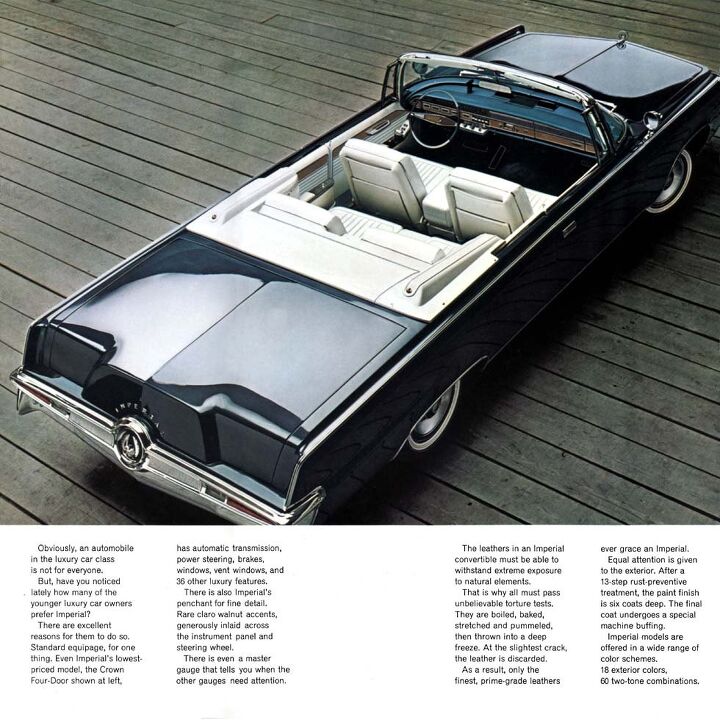




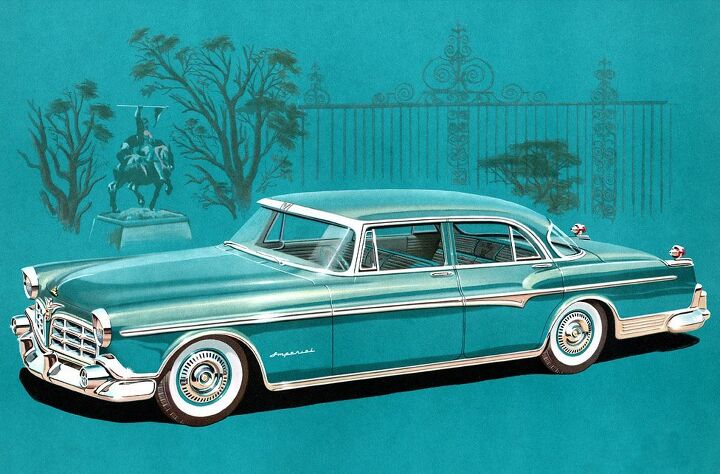


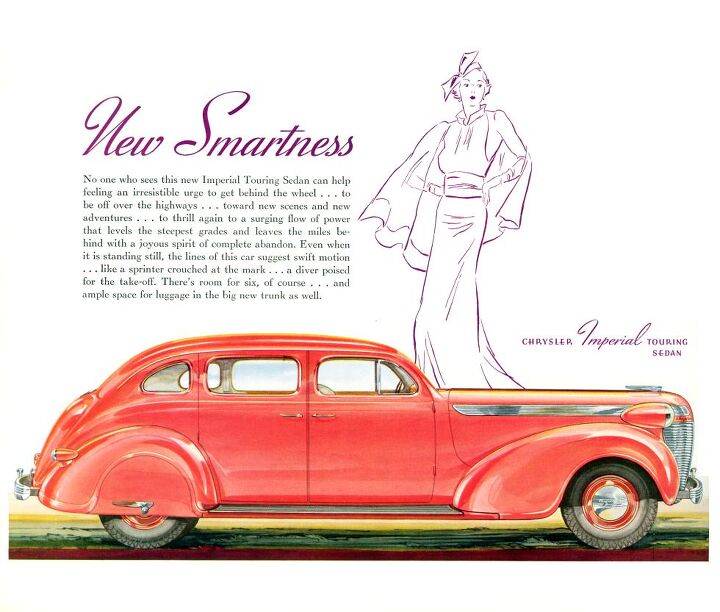
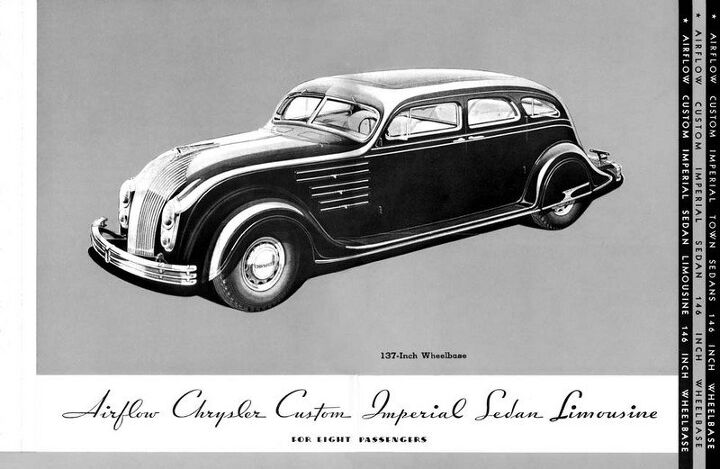

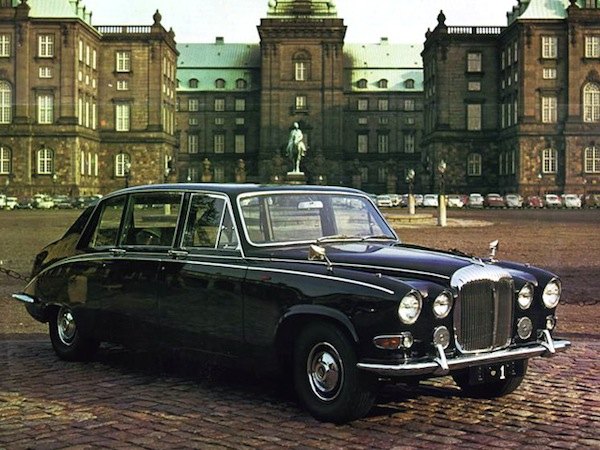












Recent Comments